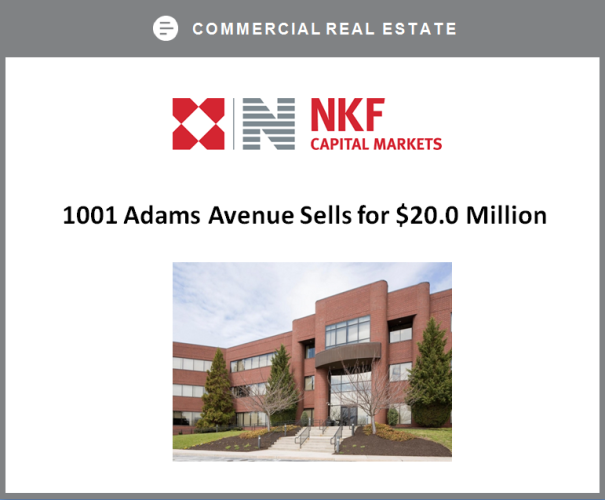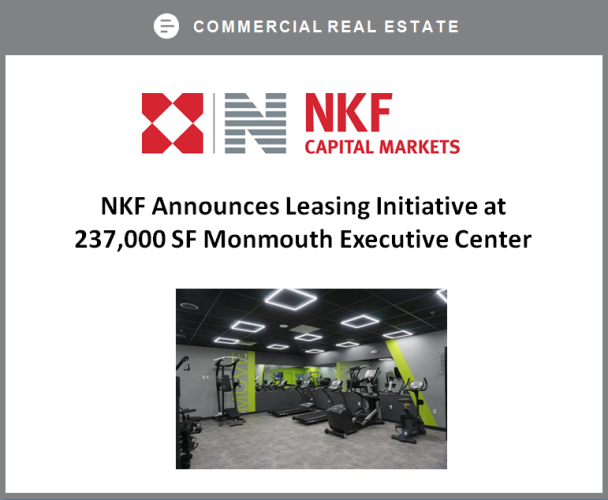Summary
- Kraft Heinz has sold its Cheese business in a +$3 billion deal, making a real step in addressing leverage.
- The deal seems reasonable based on EBITDA margins, although this is a lower margin business compared to all of Kraft Heinz.
- The company is addressing the leverage with this deal and resilient Covid-19 inspired performance, yet the long-term plans do not look too ambitious, perhaps being realistic.
- Low expectations, modest valuations and leverage being under control make still a core holding of mine.
- Looking for a helping hand in the market? Members of Value In Corporate Events get exclusive ideas and guidance to navigate any climate. Get started today »
Kraft Heinz (KHC) has made an important deal in tackling its debt load which has been strangling the company for years. Mid-September, the company announced a deal to sell its natural cheese business to Lactalis. The deal looks reasonable as the company is addressing leverage and with pro-forma earnings multiples being very low, the risk-reward still looks quite compelling here.
The Deal
Kraft Heinz has reached a deal with France-based Group Lactalis to sell its Natural, Grated, Cultured and Specialty cheese business in a deal worth $3.2 billion. These proceeds are much welcomed to tackle the debt load of the company, although the deal is only set to close mid-2021.
The Cheese business has activities in both Canada and the US, including names like Breakstone's, Knudsen, Hoffman's, Cracker Barrel en Cheez Whiz, among others. CEO Miguel Patricio cites that the deal fits right within the new strategic direction, including agile management and focus on areas of business in which the company has greater strength and a stronger equity position. Mr. Patricio specifically refers to the new operating model of the company announced at the same time, focusing more on growth, organic and internal ambitions, and long-term focus.
Actual activities include 7 production facilities, a distribution center and about 750 employees, with the total activities generating $1.8 billion in sales over the past year. The company reported a 12 times EBITDA multiple for the deal, revealing about $267 million EBITDA contribution, for margins equal to roughly 15%.
An important sentence in the press release is that after-tax proceeds are used to pay down debt, yet unfortunately we do not know if and how large tax leakage is in this transaction.
Near-Term Outlook - Long-Term Goals
The deal with Lactalis was announced alongside the release of the new long-term operating plan, presented in a huge 274-page presentation. By having greater focus on revenue growth, long-term growth areas and strict cost control, among others, the company aims to deliver on long-term value creation.
The long-term goal is not that ambitious, yet investors would love to see obtaining these results, with organic sales growth targeted at 1-2% and adjusted earnings per share growth seen at 4-6% per year. This does not look too inspiring which is exactly the reason why it might be realistic as well, and if the company delivers on its promises, investors have few exciting developments to look forward to.
Over the past years the company was relying on M&A to drive growth, creating silos within a conglomerate with the associated drawbacks but not the benefits, heavily focusing on transactions and cost-cutting efforts. This will change into focus on organic growth, integrated expertise, investments into brands and relationships, in essence completely the opposite of what has been the mantra in recent years.
For the near term, the company sees organic sales growth in the mid-single-digits for the third quarter, and high-single-digit growth in adjusted EBITDA on a constant currency basis. For the year, adjusted EBITDA is set to rise in the mid-single-digits, with leverage ratios seen around 4 times by the end of the year.






